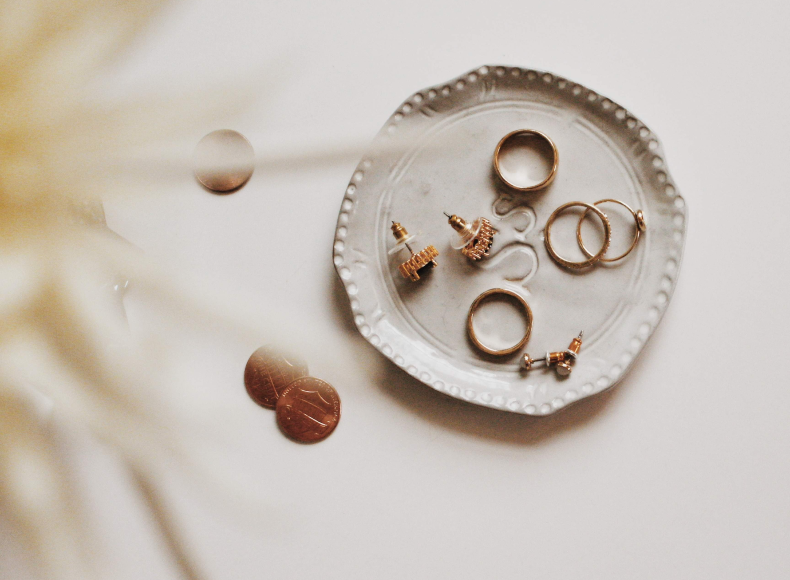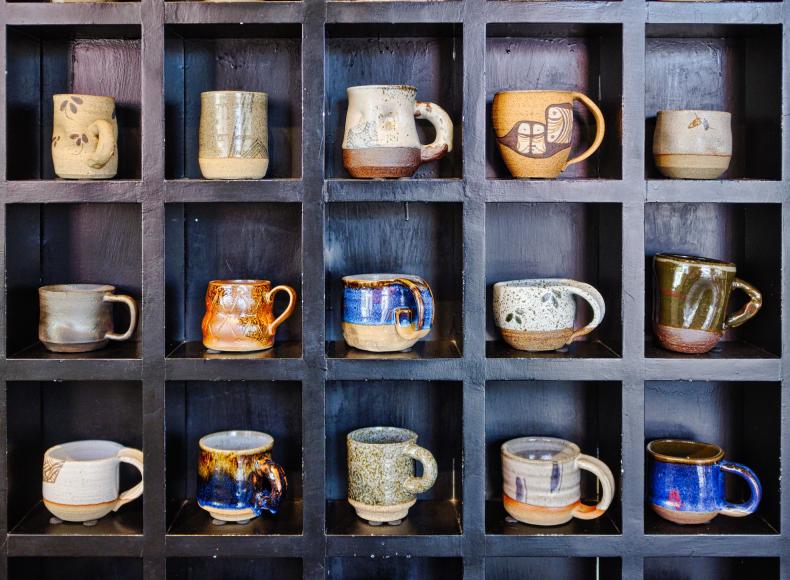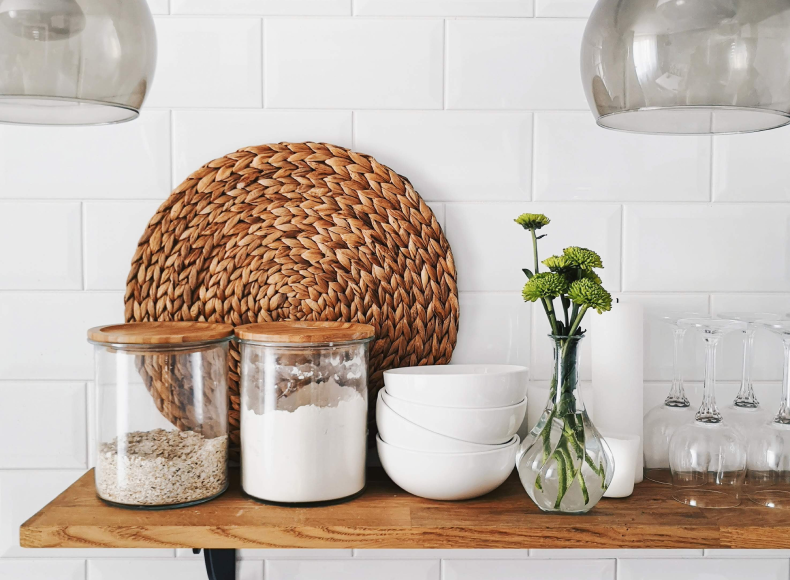Does your house feel crowded? Not that there are too many people living there, but that there simply is too much stuff in it?
Did you know that the average American household holds approximately 300,000 items within its walls? That’s a lot of stuff! What’s more, how much of that stuff do you actually need and use? We’re going to guess that it’s probably a lot less than 300,000 items.
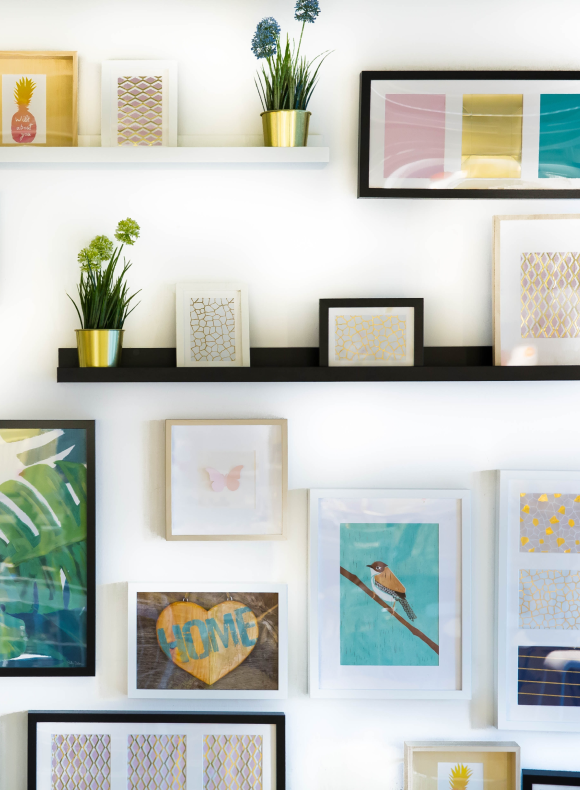
If you’re feeling weighed down by all that stuff, maybe it’s time to move it out. But decluttering isn’t as easy as it might seem. Just getting started feels monumental. There is so much to be done, you don’t know where to start or how to go about it.
If you feel like this, this is the article for you. Hang in here with us as we lay out this complete guide to decluttering your home. Get ready to get busy clearing out that extraneous clutter and feel more at peace with your home once more.

Pick a Room
Attacking your entire house at once seems overwhelming, that’s why you’ve got to break it down. Desmond Tutu, a South African Anglican cleric who won the Nobel Peace Prize for opposing Apartheid, once said “there is only one way to eat an elephant: a bite at a time.” And that’s exactly what you have to do with your house, take it one room at a time.
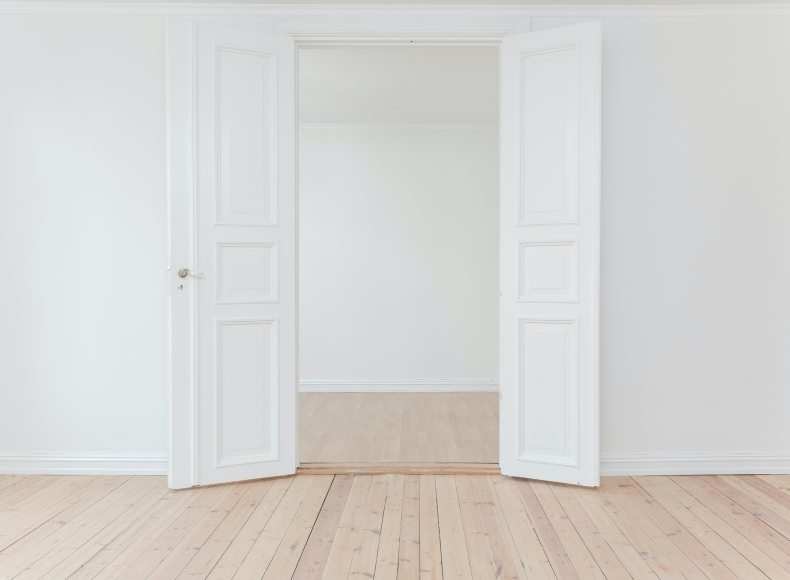
Setting aside an entire weekend to tackle your whole house already feels tiring and impossible, so don’t do it. Take one Saturday morning and start with one room. Once you get started, you might be motivated enough to blast through several rooms. But even if you don’t, that’s okay too.
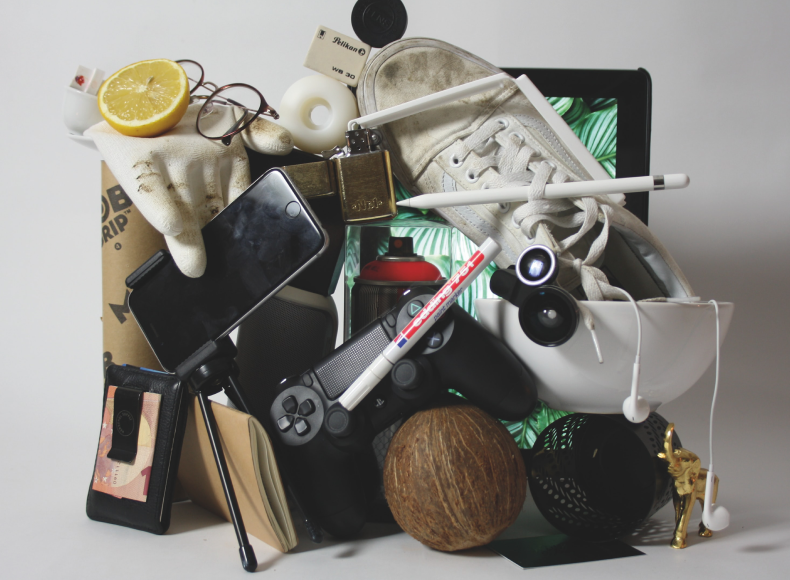
Lay it All Out
Once you’ve chosen the room to attack, it’s time to find out what is really in there. Start pulling everything out where you can see it.
This does two things. First, you find everything that has been hiding away untouched for years. You’ll probably discover clothing in the back of your closet that hasn’t fit for years or expired makeup or other products in the back of your bathroom cupboards.

Second, taking broken items out of context ruins their appeal, making it easier to get rid of them. For example, you’re used to seeing that desk with the drawers that don’t work sitting in the corner of your office taking up space. It seems majestic in its usual corner.
Haul it out in the backyard where the sun shines on it and you can really see it for what it is...a useless piece of furniture taking up space that you could use for storage or decoration.

Here’s the hard part. It’s not enough to simply pull everything out, organize it, and put it back. A big key to decluttering your home is to get rid of unwanted or unneeded items. Be brutal. Examine every item and ask yourself some of these questions:
Do you use it?
Do you love it? If someone you didn’t like gave it to you, would you still keep it?
If you had to buy it at full price, would you?
Does the item bring you joy or happiness?
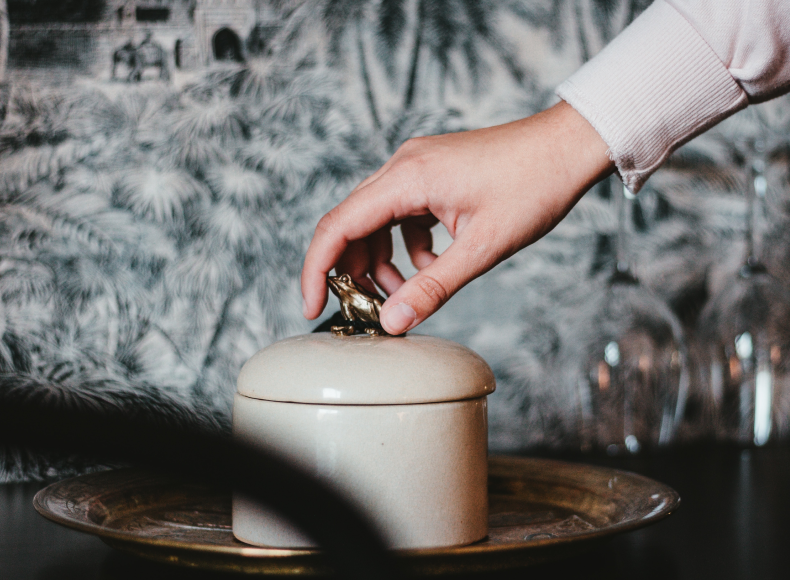
If you can’t answer any of these questions positively, get rid of it.
Go through every item in the room, separating them into ‘keep’ and ‘discard’ piles. Once you’ve gone through absolutely everything (and moved out the ‘discard’ piles) it’s time to put everything away.
What to Do with the Discard Pile?
Before we get into organizing everything and putting it away again, let’s chat about the ‘discard’ pile. How do you get rid of that stuff? Some items might still be in good shape and useful for others. You have three options for getting rid of things — throw them away, donate them, or sell them. Once you’ve got your discard pile (or as you create it), separate your items into these three piles. With every item you toss in these piles, imagine yourself shedding layers of unneeded stuff. It’s quite therapeutic.
As much as possible you want to avoid sending stuff to the landfill. With nearly 300 million tons of municipal waste rolling in each year, you want to contribute as little as possible to the muck.
You can make a bit of extra cash off of sellable items. You can have a garage sale to get rid of items that still work and are in nice shape. Alternatively, you can list them online on sites like eBay or Amazon. To sell things online locally, try listing your items on Facebook or Craiglist. Always follow these safety tips when meeting strangers to sell items.
You can donate anything in nice shape that isn’t worth your time to sell. For everything else, recycle what you can to keep that trash pile as small as possible.

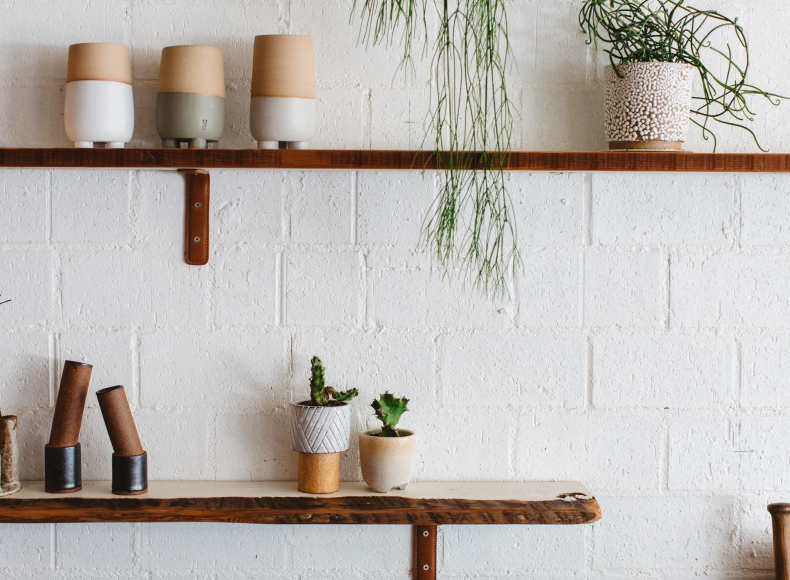
Organize and Put Away
Now that you’ve gotten rid of your discard pile, everything that is left needs a home. We’re not joking about this. “A place for everything and everything in its place” really is the best way to keep your home clutter-free and know where everything is when you need it.

If you’ve gotten rid of enough stuff, closets that were once overflowing should have enough room to accept all your items. However, some homes have very little storage space (especially small apartments) so new organizational tools and ideas may be required to find everything a permanent home.
Wondering what you can do to organize items well? Never fear, next we’re going to go room-by-room and offer organizational ideas that work for different types of spaces.

Entryway
Whether you have a defined entryway or not, it often becomes a catchall place for random items that you bring into your home. To keep it from getting cluttered, have a landing spot for miscellaneous items. For example, a small dish for keys and other small items, hooks for dog leashes, coats, and other items, and wall pockets or a decorative basket for mail and magazines.
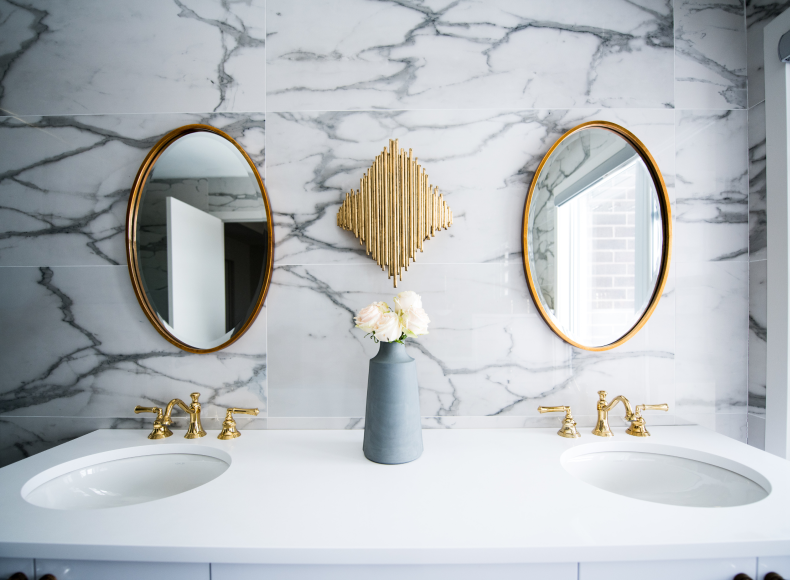
Bathroom
Put only frequently used items in the bathroom. Extra toilet paper, soap, towels, and other items can be stored in a storage closet to avoid overcrowding the bathroom cabinet. If you need extra storage space, add a shelf over the toilet. It uses up zero extra floor space but can offer several short shelves of space for toiletries and towels.
Hooks are also great for towels, bathrooms, and even jewelry to keep it untangled and up out of the way.

Kitchen
Countertops in a kitchen are notorious for being unnecessarily cluttered. Mail, work projects, and all sorts of odds and ends just seem to end up there.
Why? Usually, because they don’t have a defined home. Define a home, even if it’s just a catchall shelf in the office for random items. Make sure you go through that shelf regularly so it doesn’t start overflowing.
Keep countertop appliances to a minimum. Make sure everything has a home in the cupboard and put it there when you’re not using it.

Living Room
The living room is an area where you probably spend a considerable amount of time. This also means that it’s easy for this room to get cluttered. Make it simple to keep it picked up by strategically placing a few stylish baskets or bins.
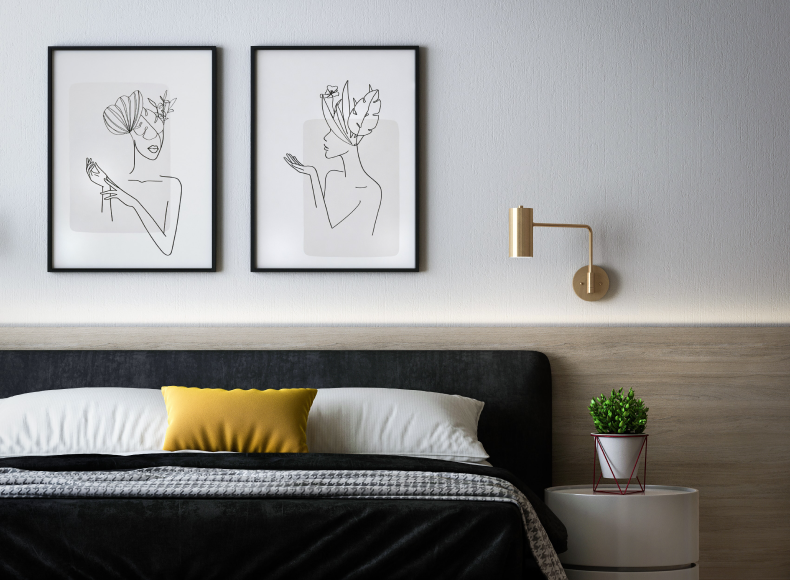
Bedroom
You’ve probably heard that you should make your bed as soon as you get up. Then, no matter what happens, you’ll have accomplished something for the day. But making your bed does something else. As it is typically the largest piece of furniture and a major focal point in the room, a made bed instantly makes the room look less cluttered and more put together.
Avoid tossing things on your nightstand. Again, assign everything a home and put it there to avoid the mess.

Closet
The closet quickly becomes a disaster area usually because there is just too much stuff piled in there. Be particularly brutal when cleaning out your closet. Your closet should only have clothes you actually use in there. Those pants that you’ve been planning to fit into for like five years now? Yep, it’s time for them to go.
To keep your closet from becoming overstuffed once more, keep a bag handy for donation items. As you realize you don’t need stuff, toss your items in there and donate or consign them as the bag gets full.

New Habits for the Future
Now that you’ve “lightened the ship” and your house feels less weighed down, how do you keep it that way? Your old habits were what led to your house being overcrowded in the first place. If you stick to them, you’ll end up back in the same situation eventually.
Slow down at the store next time. Before you buy an item, stop and think carefully about whether you need it. After you get home, stay aware of your purchases. How long did you use a purchase before it ended up stuffed in the back of the closet? If it landed there fairly quickly, think twice about buying something similar next time.
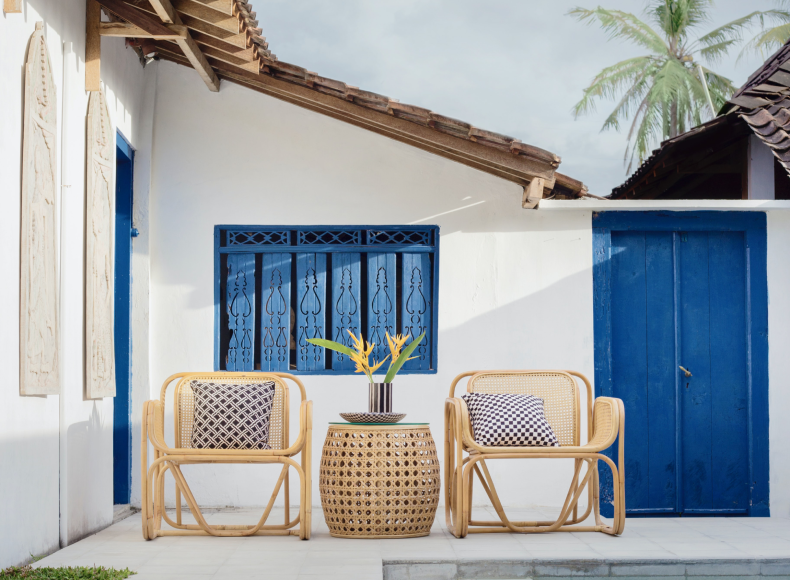
Stay away from plastics, cheap assembly line products that break quickly, and fast fashion. Instead choose products with a purpose, quality goods made from sustainable materials, and well-made, meaningful objects that will last a long time.
When you have a few well-made, quality goods in your home, you won’t feel the need to buy cheap objects that only serve to clutter up your house.









